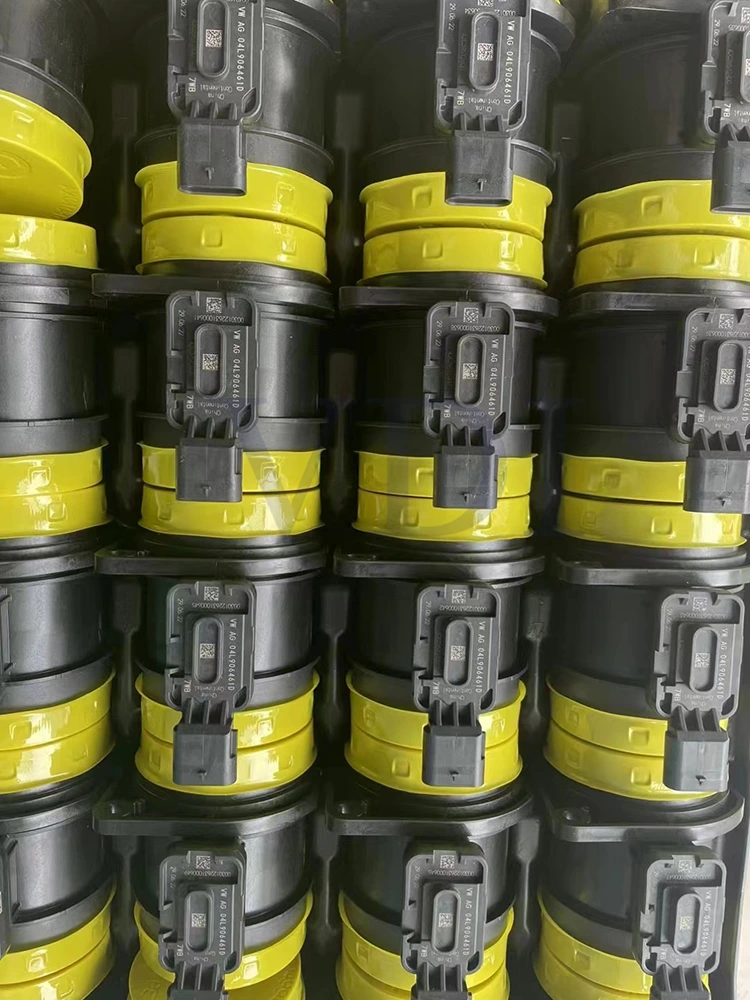Engine Mount 7L8199131F features an upgraded design with modern engineering for superior vibration damping, durable construction using premium materials for long-lasting performance, enhanced stability to prevent engine movement under extreme conditions, and a performance boost tailored for high-torque engines, ensuring smoother and quieter rides.
AUDI Q7
VW TOUAREG
● Delivers a noticeably smoother and more comfortable ride by blocking engine vibrations from reaching the cabin.
● Built with premium-grade materials, the Engine Mount 7L8199131F offers excellent durability against wear, heat, oil, and harsh weather.
● Perfect choice for anyone who wants a quieter, more refined driving experience without any complicated upgrades or mods.
● Keeps the engine firmly in place under hard acceleration or braking, giving you sharper control and a more planted feel.
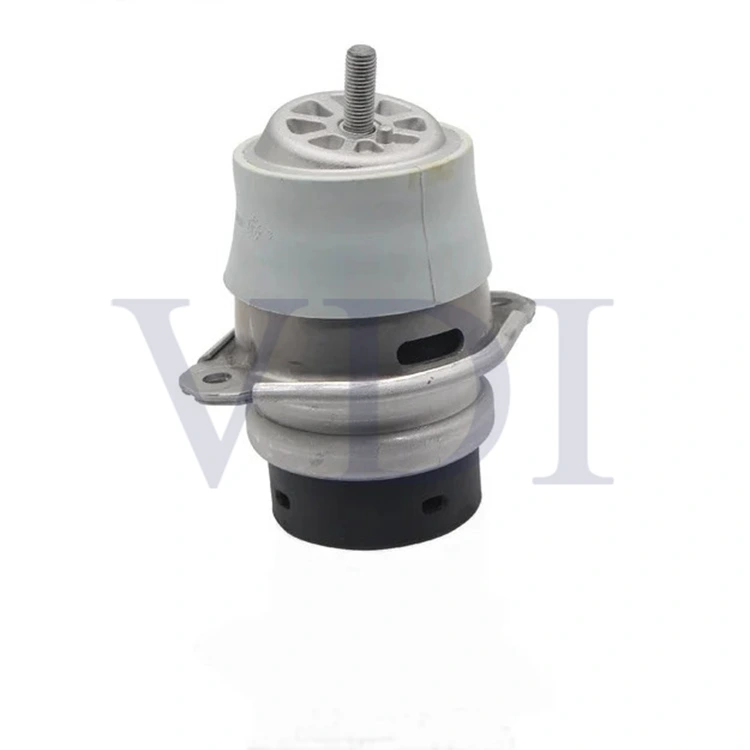

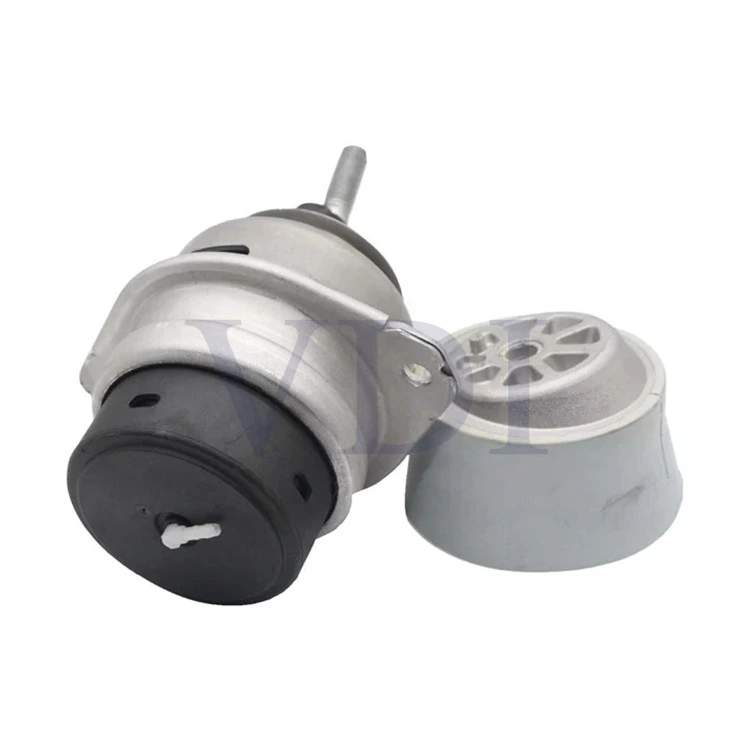

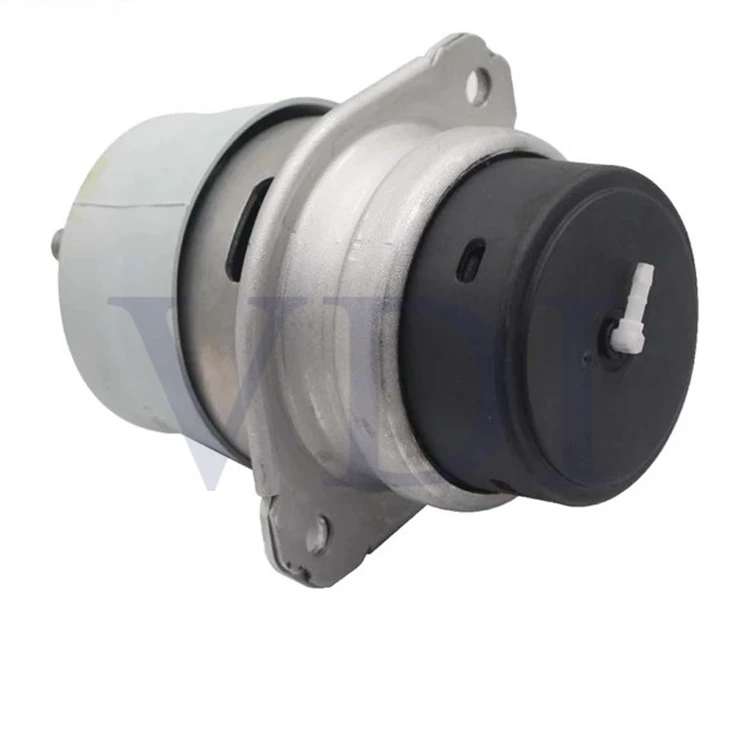
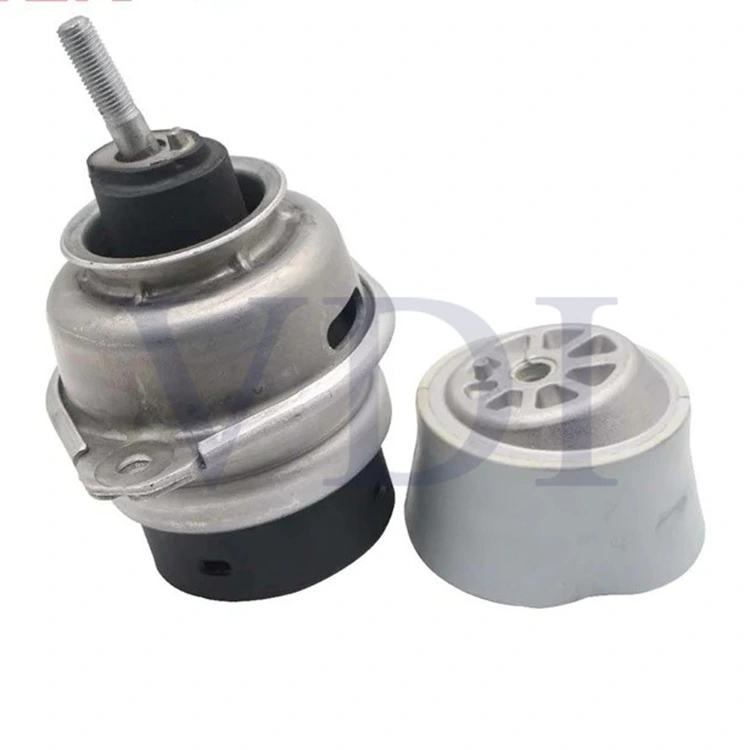
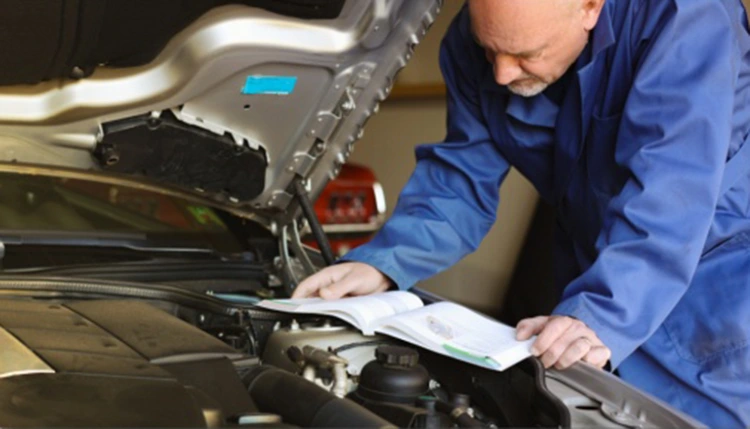
Good engine mounts stop your entire car from rattling itself to pieces and trashing other components. Here’s the no-nonsense replacement routine that actually gets the job done—no filler.
1.Get Set Up Pull onto flat ground, set the parking brake, turn the key off. Gloves and eye protection on—don’t be lazy. Grab: floor jack, jack stands, full socket/wrench set, pry bar, torque wrench, ratchet + sockets. Lift the side you’re working on, lock the stands in place. Relying only on the jack? That’s a one-way ticket to the ER.
2.Locate the Mounts They’re the chunky rubber (or rubber-and-metal) blocks wedged between the engine and the chassis—usually 2 to 4 of them. Their job: eat vibrations and keep the engine from dancing around. Clear whatever’s blocking access—airbox, intake pipe, heat shields, anything. If it’s in the way, yank it.
3.Remove the Old Mount Slide a jack with a wood block under the oil pan (or use an engine support bar from above) to carry the engine’s weight. No support = engine in your lap. Loosen every bolt (engine side + frame side). Keep the good ones. Bolts out → pry bar → wiggle the old mount loose. Watch the wiring and hoses—don’t break anything.
4.Install the New Mount Drop the Engine Mount 7L8199131F exactly where the old one lived. Line up the holes perfectly (some are directional). Hand-thread the bolts, snug them up, then torque to the exact spec in your manual. Too loose or too tight and you’ll be doing this again soon. Double-check engine alignment before final torque—crooked engine kills mounts fast.
5.Reassemble Put back everything you removed—intake, airbox, exhaust pieces—tight and proper. Inspect every wire and hose you touched. No kinks, no pulls.
6.Lower the Car Ease it down slowly, pull the stands, bounce the suspension a few times to settle. Start it up. Listen and feel. Any odd clunks or shakes? Kill it and dig back in. All quiet? Job done.
7.Final Check Look for new oil or coolant leaks around the mount. Take a quick test drive. Engine rock-solid and ride smooth? You win.
● Buy OEM or a legit brand (like VDI). Rock-bottom cheap mounts collapse fast and cost you triple later.
● Torque specs are non-negotiable—look them up. Wrong torque destroys mounts and everything nearby.
● Not confident under the car? Pay a shop. Way cheaper than replacing a cracked exhaust manifold.
● That’s the complete swap—plain English, zero fluff. VDI Engine Mount 7L8199131F earns your trust.
1.Check Them Regularly – Don’t Be Lazy Every time you change the oil (or every second change), pop the hood and give the mounts a good look. Hunt for cracks, tears, rubber that’s split open or turned rock-hard and shiny. Oil or coolant dripping on them? That stuff eats rubber for breakfast—fix the leak right now. Engine idling in Park, foot on the brake—get a buddy to slowly roll on the throttle while you watch. If the engine rocks more than about an inch, the mounts are toast. Same deal when you shut it off: a hard “CLUNK” as it drops back means start looking for new ones.
2.Pay Attention While You Drive Gear changes banging like someone’s hitting the car with a hammer? Steering wheel shaking at a red light in Drive? That’s the engine dancing on worn-out mounts. Extra thumps when you nail the gas or lift off? Means the engine is smacking parts it’s not supposed to because nothing’s holding it still.
3.Keep Crud Off Them Heat, oil, coolant, ATF—any of that soaking the rubber kills them fast. Fix leaks the day you spot them. Drive on salted winter roads? Every couple weeks (engine cold) lightly rinse the engine bay so the salt doesn’t eat the metal cores.
4.Smart Things That Actually Help Check your owner’s manual—some older mounts like a shot of grease or silicone spray now and then. Most modern ones want nothing, just stay clean. If you beat on the car—track days, heavy towing, big power, rough roads—swap to polyurethane or solid mounts sooner rather than later. They shrug off abuse that would murder stock rubber.
5.Obvious Signs You’re Out of Time
1.Rev it in neutral or do a power-brake—engine lifts or slams way too far.
2.Open the hood; the engine sits crooked.
3.Loud clunk when you slip it into gear or pull away.
4.Brand-new vibrations in the seat and wheel that weren’t there a month ago. Any one of these = stop putting it off. Bad mounts crack exhaust manifolds, tear CV boots, and hammer transmissions into the ground.
6.Let a Mechanic Look You’ll spot the big cracks, but a lift and a trained eye catch the little tears you miss from the top. Every oil change, tell the tech “check the mounts real quick”—takes 30 seconds.
7.Buy Real Parts When it’s time, spend the money on OEM or a legit brand like the VDI Engine Mount 7L8199131F. Super-cheap knockoffs collapse in a year and end up costing you triple.
8.Drive Like You Want Them to Last Quit the full-throttle launches, clutch kicks, and pothole attacks. Drive smooth and the mounts live longer. Don’t load the trunk like you’re moving house every weekend—extra weight murders them.
Follow this stuff and most mounts easily hit 150-200k miles. Ignore it and you’ll be under the car cursing a lot sooner. Your choice.
How to Tell Your Engine Mounts Are Toast – Real Symptoms & Checks That Never Lie Bad engine mounts turn a nice car into a rattling mess and start destroying everything else if you keep driving like that. Catching them early is dead easy—here’s the straight talk on what you’ll feel, hear, and see, plus the tests every mechanic actually uses.
What It Actually Feels & Sounds Like When They’re Done Mounts are supposed to hold the engine rock-solid and eat all the vibration. Once the rubber rots, the hydraulic ones start puking fluid, or the metal plates pull apart, you get: · Hard lurch or a kick in the butt when you stomp the gas or shift gears. · Red/brown hydraulic fluid dripping or spraying from the driver-side mount (left on LHD cars). · Clunks, bangs, or heavy thuds any time the engine twists—accelerating, braking, shifting. If the engine jumps hard on the test below or you spot fluid running down the left mount, order parts today. Noises that follow RPM or only happen when the engine is working are another smoking gun.
1.The Power-Brake Test (2 minutes, works every time) Start the engine → foot welded to the brake → shift to Drive (Reverse on RWD) → roll on half to three-quarter throttle while still braking hard. Engine moves more than an inch or slams with a solid “thunk”? Mounts are history. That jerk is pure torque with nothing left to fight it.
2.Flashlight Check (just look) Pop the hood, grab a light: · Hydraulic mounts leak like crazy on the driver side—wet rubber, puddles, or fluid trails. · Rubber mounts—look for big cracks, tears, missing chunks, or rubber squashed flat. · Check every side you can reach, top and bottom.
3.Listen & Feel on the Road Drive it normally: · Clunk when you floor it? Thud when you lift off? Bang on every shift? · Noise gets louder with revs or only shows up under load? 100% mounts. · Windows down, idling in gear—any new rattle that wasn’t there last week is guilty.
Fix: Replace Them Confirmed bad? Just swap them out: · Do all the bad ones at the same time—leaving one good and one dead just beats up the good one faster. · Buy real OEM or a trusted name like the VDI Engine Mount 7L8199131F. Cheap garbage dies in months and costs you triple later. · Not into wrenching? Hand it to a shop. A botched job cracks headers and trashes transmissions.
Do the power-brake test, shine a light, take a 5-minute drive—three minutes total and you’ll know exactly what’s wrong. Fresh mounts = engine stays planted, car goes quiet again.

